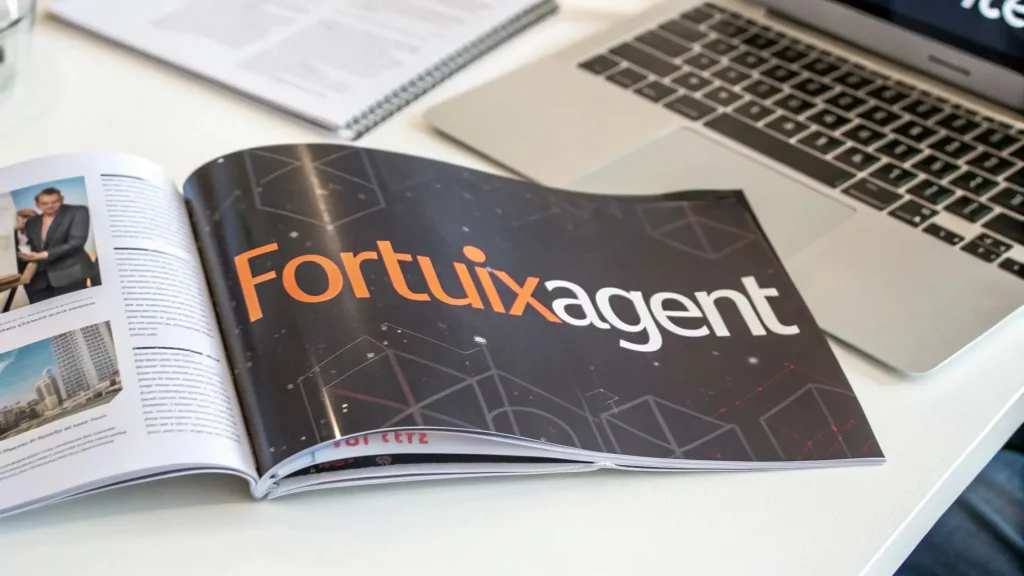The community sets miners on fire in solidarity with Monero

In the face of the recent attack on the Monero network by the mining group Qubic, the community has begun to mobilize to reinforce its security.
Vik Sharma, founder and CEO of Cake Investments, announced that he is renting mining equipment, adding 3 MH/s to the network’s hashrate. As he explained, “Monero is too important to abandon” and stressed that “each hash makes an attack more difficult.”
“Turn on your machines. Every hash counts. Let’s mine as if freedom depended on it, because that’s how it is,” he said, calling for solidarity. Sharma’s gesture seeks to raise awareness about the delicate situation facing the network.
Qubic, led by Sergey Ivancheglo, co-founder of IOTA, currently controls around 52.7% of Monero’s hashrate and has mined more than 4,200 blocks, as reported in the report titled The Monero Experiment. This domain allows you to reorganize the chain, censor transactions, and execute double-spending attacks.
As reported by CriptoNoticias, specialists such as Charles Guillemet, CTO of Ledger, warned that maintaining this control could cost about $75 million per day and that Qubic could become the only effective miner on the network, pushing others to abandon it.
The economic impact has already been felt: XMR has fallen by more than 10% in the last week. At the time of writing, Monero (XMR) is trading at $239, according to data from TradingView.
For his part, Arthur Breitman, co-founder of Tezos, highlighted that Monero faces additional challenges due to the lack of a formal governance process, which complicates coordinating defensive changes or even transitioning to a proof-of-stake (PoS) algorithm.
Faced with this situation, Breitman recommended renting temporary mining power to protect the network against attacks or forks.
These kinds of initiatives demonstrate how the community can act in solidarity to strengthen the security and decentralization of cryptocurrency networks. In this case, it is one of the last major projects that still retains the proof-of-work (PoW) model.
Monero is distinguished by its strong focus on privacy and continues to use proof-of-work (PoW). To do this, it employs the RandomX algorithm, specifically designed to be resistant to ASIC devices, which are specialized equipment that master the mining of many cryptocurrencies.
Thanks to this feature, Monero mining can be done with common CPUs, such as those in personal computers. This allows more people to participate in transaction validation and network security.









